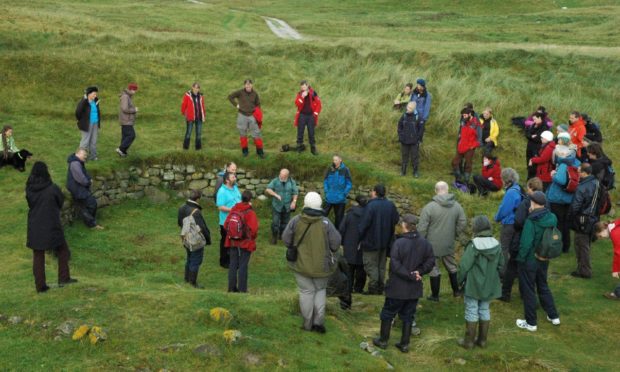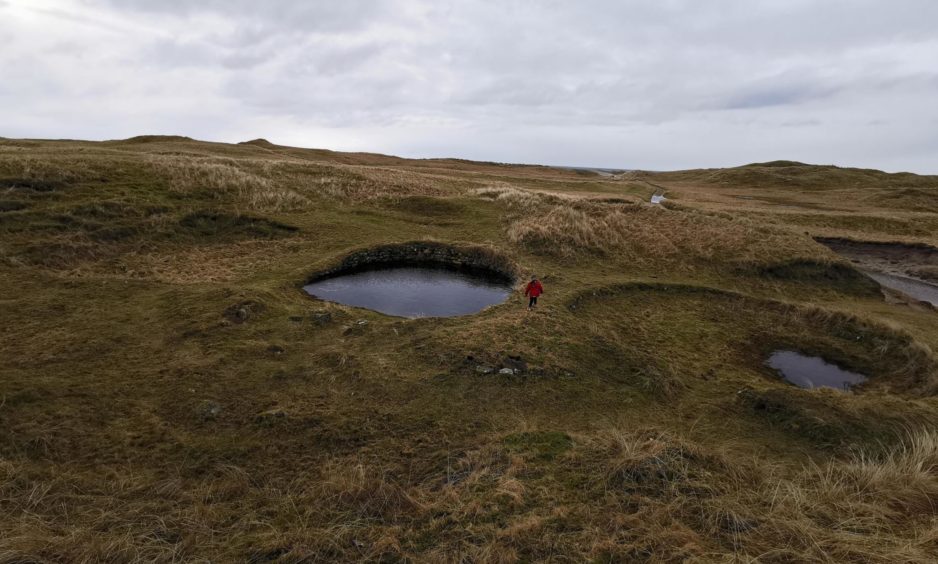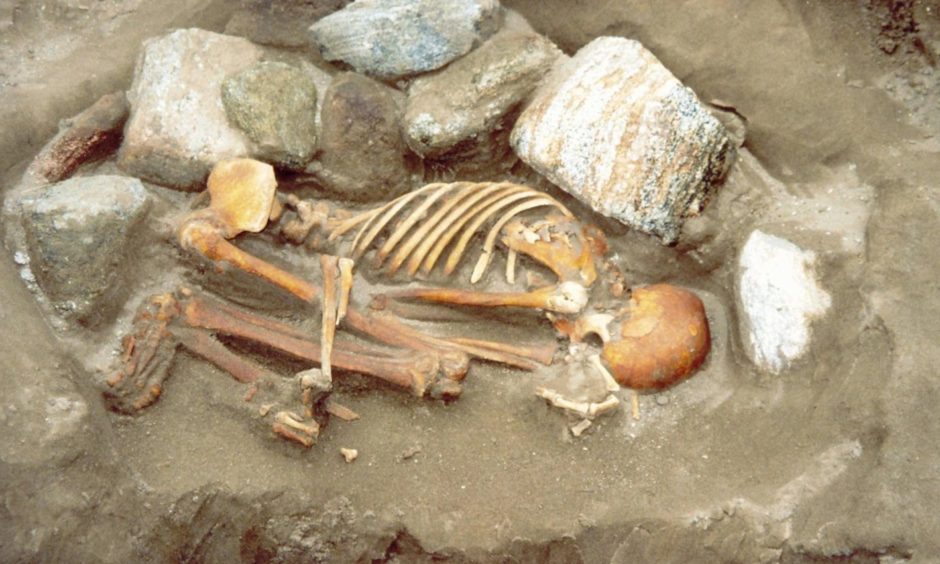A digital reconstruction of a 2,500-year-old Bronze Age house could be viewed on mobile phones by this summer in the first of a series of projects to highlight important archaeological sites in the Western Isles.
A major project is working to create augmented reality visualisations of seven sites along the Hebridean Way in Uist.
The first to be reconstructed and animated in 3D will be the Bronze Age roundhouses and mummified remains at Cladh Hallan which will be able to be inspected as never before.
The Uist Virtual Archaeology Project involves Lews Castle College UHI, Western Isles Council and software company Peel Interactive which was appointed last year.
The animations will sit on a mobile app which will trigger the reconstructions when the user reaches the location. These will be complemented by mixed-media exhibitions and all digital products will have Gaelic embedded.
Digital developers are currently working with archaeologists who excavated the Cladh Hallan site to create an accurate digital reconstruction of the inside and outside using site illustrations and measurements.
Project coordinator Dr Emily Gal, from Lews Castle College UHI, said: “Such an in-depth digital reconstruction has never been done for a prehistoric site of this nature.
“Cladh Hallan is internationally significant with some of the only evidence of mummification practices outside of places like North Africa, so we’re thrilled to have the opportunity to reconstruct it as it might have looked in the Bronze Age.”
She said virtual workshops are also being designed: “Community co-production was always a key aim of the project and this will continue, albeit in a slightly different form just now.”
The project is supported by the Natural and Cultural Heritage Fund which will invest almost £9 million in the Highlands and Islands.
The fund, led by NatureScot, is part funded by the European Regional Development Fund and aims to encourage people to visit more remote and rural areas and create and sustain jobs.
Western Isles Council has previously highlighted that tourism related to archaeology is bringing in about £4 million to the local economy.


